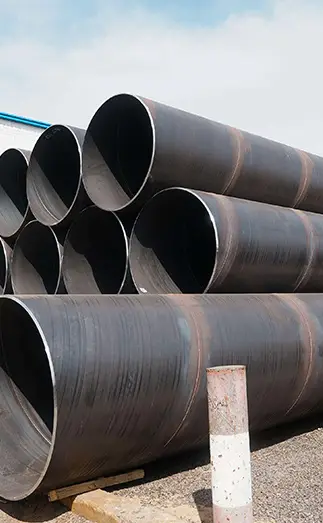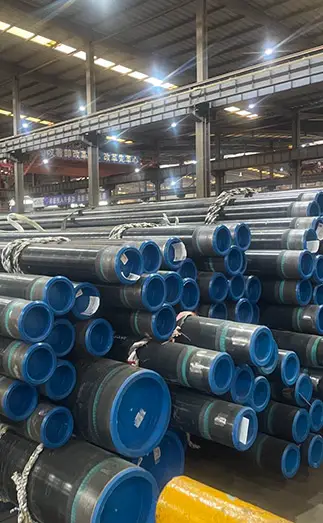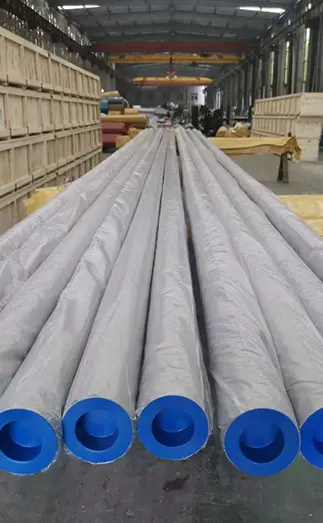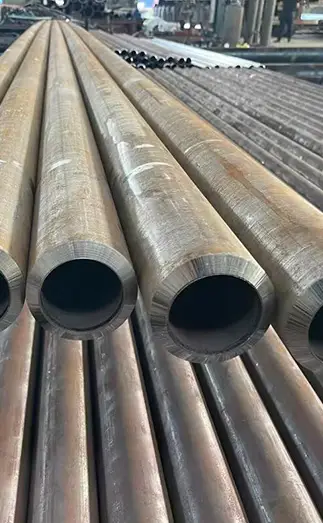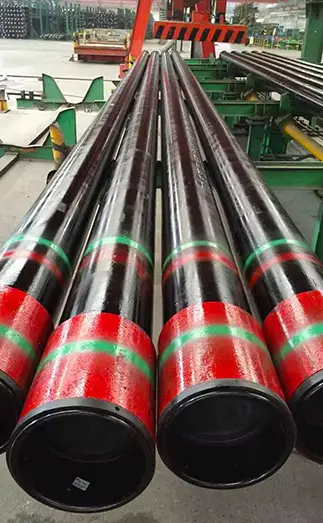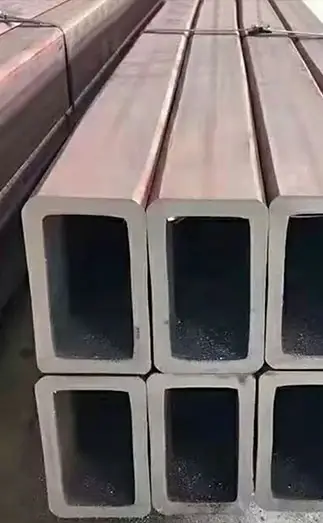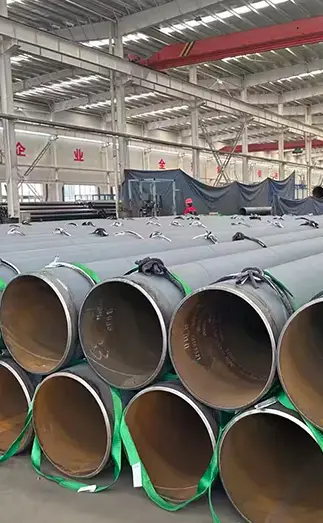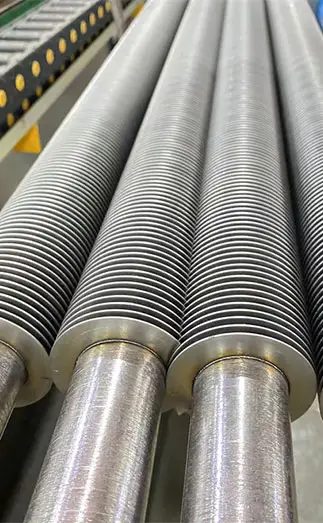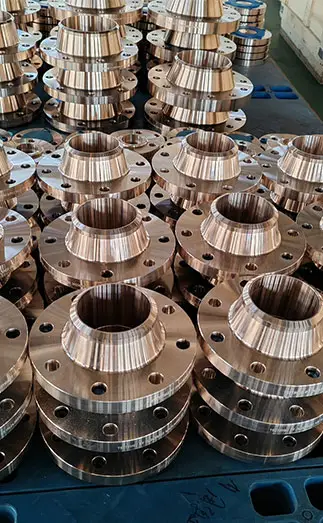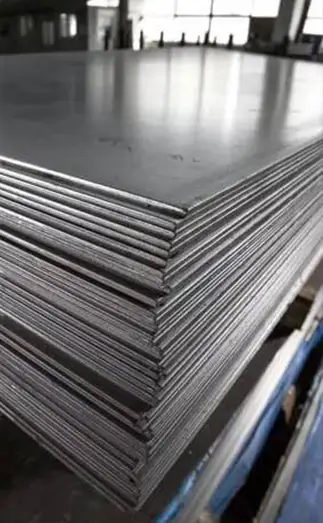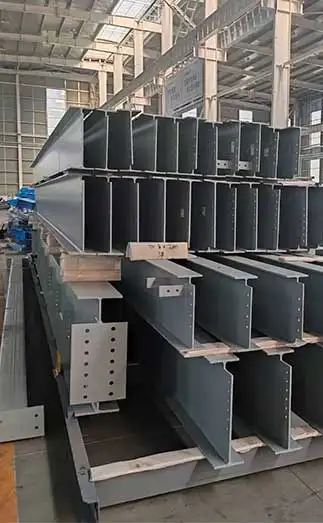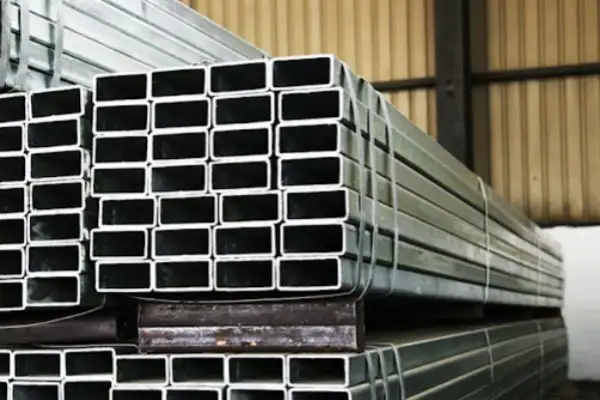In industrial applications, boiler tubes are considered the "energy arteries" of equipment. They serve as vital components within boilers, forming the internal “veins” responsible for transporting high-temperature, high-pressure media. These tubes are primarily used for heating surfaces, steam lines, and other critical areas. They are widely applied in thermal power generation, industrial boilers, and centralized heating systems. The quality and performance of boiler tubes have a direct impact on energy conversion efficiency and operational safety.
Super Steel Manufacturing Co.,Ltd is professional boiler tubes manufacturer, for more details, please contact:sales@super-steels.com
Operating Conditions and Thickness Importance
Boiler tubes typically operate in extreme environments, with temperatures reaching several hundred degrees Celsius and working pressures exceeding 9.8 MPa. They endure prolonged exposure to high-temperature flue gas, steam erosion, and potentially aggressive factors like chemical corrosion. Under these demanding conditions, tube wall thickness plays a critical role. Insufficient thickness can compromise strength, resulting in leaks or catastrophic failures such as explosions. On the other hand, excessive thickness may lead to unnecessary material waste and increased production costs.
Wall Thickness Testing Methods for Boiler Tubes
1. Ultrasonic Testing (UT)
Principle:
High-frequency sound waves are emitted by an ultrasonic transducer. By analyzing the time and speed of the wave’s travel through the pipe wall, the wall thickness can be calculated.
Operation:
The ultrasonic probe is placed on the pipe surface, and the reflected sound waves are captured. The thickness is determined based on the travel time of the sound through the material.
Advantages:
Non-destructive, fast, and precise. Ultrasonic testing is ideal for seamless steel or carbon steel boiler tubes, as it can detect wall thinning and monitor wear efficiently.
2. Radiographic Testing (RT)
Principle:
X-rays or gamma rays are used to penetrate the material. Changes in wall thickness or internal defects appear as contrast variations on the image.
Operation:
Specialized equipment irradiates the tube. The image is analyzed to assess internal conditions such as thinning, cracks, or voids.
Precautions:
Radiographic testing requires certified operators and proper safety measures for radiation protection. Warning signs and controlled environments are essential.
3. Magnetic Particle Testing (MT)
Principle:
Effective for surface and near-surface defects in ferromagnetic materials. Magnetic particles accumulate at discontinuities when subjected to a magnetic field.
Operation:
Magnetic powder is applied to the surface. When magnetized, defects cause flux leakage, attracting the powder and making flaws visible.
Limitations:
This method is more suited for detecting surface cracks than measuring wall thickness directly. For coated or complex surfaces, surface preparation may be needed for accurate results.
4. Eddy Current Testing (ECT)
Principle:
Uses electromagnetic induction to detect variations in conductive materials. Changes in wall thickness affect the eddy current flow.
Operation:
An ECT probe is placed on the pipe surface. Variations in electrical conductivity are analyzed to determine wall thickness.
Features:
Eddy current testing is effective even with coatings or multilayered pipes. Proper probe calibration is crucial, especially for mild steel tubes or coated pipes.
5. Manual Measurement
Tools:
Calipers and micrometers are used for direct physical measurements.
Operation:
In specific or small-scale areas, direct manual measurements are performed.
Limitations:
Manual methods are less efficient and precise but useful for hard-to-reach areas or verifying results from other techniques.
Testing Best Practices for Boiler Tubes
Timing: Perform inspections during scheduled shutdowns or maintenance to ensure safety and access.
Instrument Contact: Ensure proper coupling between the measuring instrument and pipe surface for accurate readings.
Radiation Safety: For RT, strictly follow protection protocols and mark the inspection area clearly to prevent exposure.
Tool Calibration: Check the accuracy of manual tools before use.
Uniform Force Application: Apply consistent pressure during manual measurement to avoid errors.



 English
English Español
Español Français
Français بالعربية
بالعربية